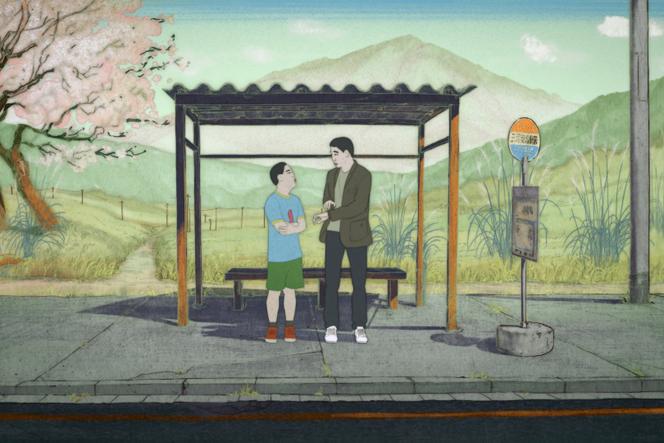‘Blind Willows, Sleeping Woman’: Immersed in Haruki Murakami’s Floating Surrealism


The meaning of “the world” – to see
Western animation has not stopped looking towards Japan for some time, in fact establishing a fruitful dialogue between graphic schools. then Summit of the Gods (2021), by Patrick Imbert, who brought Jiro Taniguchi’s manga to the screen, the first feature film of Pierre Foldes, a multidisciplinary artist who combines a beautiful selection of six stories by Haruki Murakami, animation of labile matter that is close. The floating surrealism of the famous Kyoto writer, as firmly as possible in the adult register.
After the Fukushima accident in Tokyo in March 2011, in the days of consternation, the couple broke up. Komura, a bank employee, watches helplessly as his wife, Kyoko, leaves after she spends days huddled in front of a television screen relaying images of the disaster. Taking advantage of his vacation, a man travels to the Hokkaido region in the north of the archipelago to personally deliver a mysterious box entrusted to him by a colleague.
During this time, his colleague Katarig, a bullied underling in charge of a dangerous recovery case, encounters a fantastical creature, a human-sized frog named ‘Toad’, in his flats in the evening. According to him, in order to prevent a future earthquake, he calls upon him to fight against a giant worm living in the bowels of the city.
An intimate consequence of the Fukushima disaster
The wanderings of these three characters freely intermingle. Throughout this plot progression, with diversions and fantasies, stasis and agitation, the film is sustained by a mixture of splenic realism and dream-like ornamentation. Realism in the animation of the characters, based on real footage, without foldes, westernizing them. And their environment is colored by expressionism: a reality inhabited by spectral lines, slippery shadows, supernatural lights.
The alternate existence of totemic animals—a runaway blue cat, a humanoid frog, a fish floating in midair—adds a touch of fantasy to the mists of fleeting everyday life. This painting of the intimate aftermath of the disaster unfolds in halftones, broken tones, all in sharps, flats and hangs. Pierre Foldes, the son of the Hungarian name in animation, Peter Foldes (1924-1977), relies on the uncomfortable resources of the genre: a web of fluctuating and hazy sensations, destined to feel a gap, an inner lack. Absence from self. It is in this bet on interludes that the film finds its most undulating beauty, in a slow decoction.
Source: Le Monde
Leave a Reply